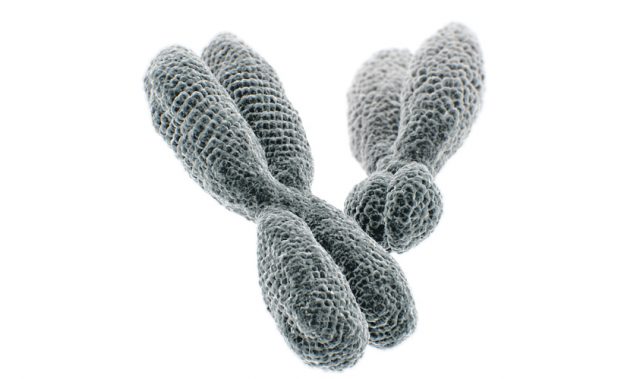
Asian Scientist (Jul. 3, 2013) – Researchers have demonstrated, for the first time, that mice can be cloned using the nuclei of peripheral blood cells.
These cells may be used for cloning immediately after collection with minimal risk to the donor mouse, helping to generate genetic copies of mouse strains that cannot be preserved by other assisted reproduction techniques.
From obesity to substance abuse, from anxiety to cancer, genetically modified mice are used extensively in research as models of human disease. Researchers often spend years developing a strain of mouse with the exact genetic mutations necessary to model a particular human disorder. But what if that mouse, due to the mutations themselves or a simple twist of fate, was infertile?
Currently, two methods exist for perpetuating a valuable strain of mouse. If at least one of the remaining mice is male and possesses healthy germ cells (sexual reproductive cells), the best option is intracytoplasmic sperm injection (ICSI), an in vitro fertilization procedure in which a single sperm is injected directly into an egg.
However, if the remaining mice cannot produce healthy germ cells, or if they are female, researchers must turn to cloning. Somatic-cell nuclear transfer (SCNT) produces cloned animals by replacing an nucleus of an oocyte (female germ cell) with that of an adult somatic cell. An early version of this process was used to produce Dolly the sheep in 1996.
The type of cell used for this process is critical and depends largely on its efficiency in producing live clones, as well as its ease of access and readiness for experimental use.
Cumulus cells, which are specialist cells in the ovary, are currently the preferred cell type. However, researchers at the RIKEN BioResource Center in Japan questioned whether white blood cells collected from an easily accessed site, such as a tail, would be effective donor cells. Such cells would allow for repeated sampling with minimal risk to the donor mouse.
In their study, published online in Biology of Reproduction, the researchers found that, although the success rates of cloning using white blood cells were lower than that for cumulus cells, it is possible to clone mice using the nuclei of peripheral blood cells.
The nuclei of the largest white blood cells, granulocytes and monocytes, performed the best among the five types of white blood cells tested, with 2.1 percent of the embryos surviving to term, compared to 2.7 percent for cumulus cells.
The researchers intend to perform further studies to improve the performance of granulocyte donor cells.
The article can be found at: Kamimura et al. (2013) Mouse Cloning Using A Drop Of Peripheral Blood.
——
Source: RIKEN; Photo: liesvanrompaey/Flickr.
Disclaimer: This article does not necessarily reflect the views of AsianScientist or its staff.












